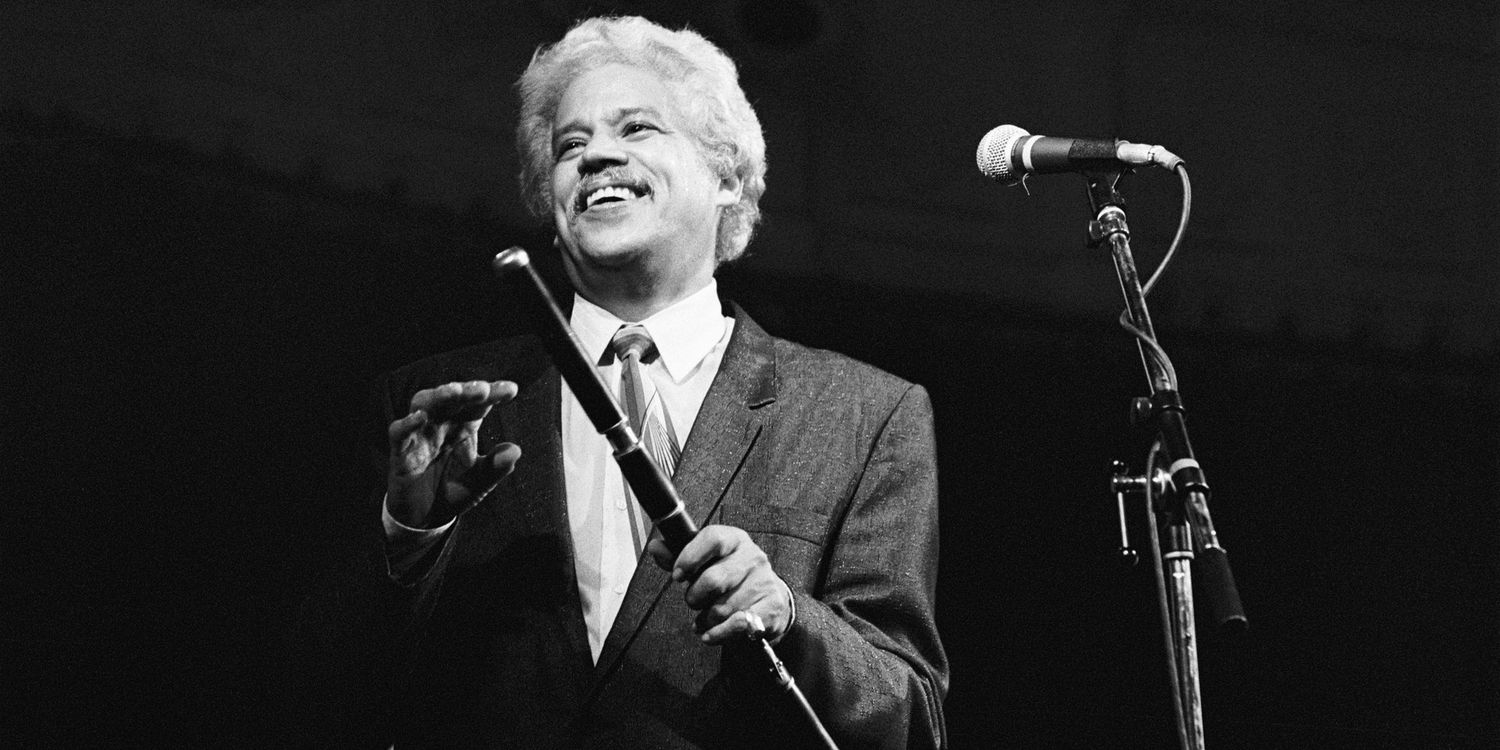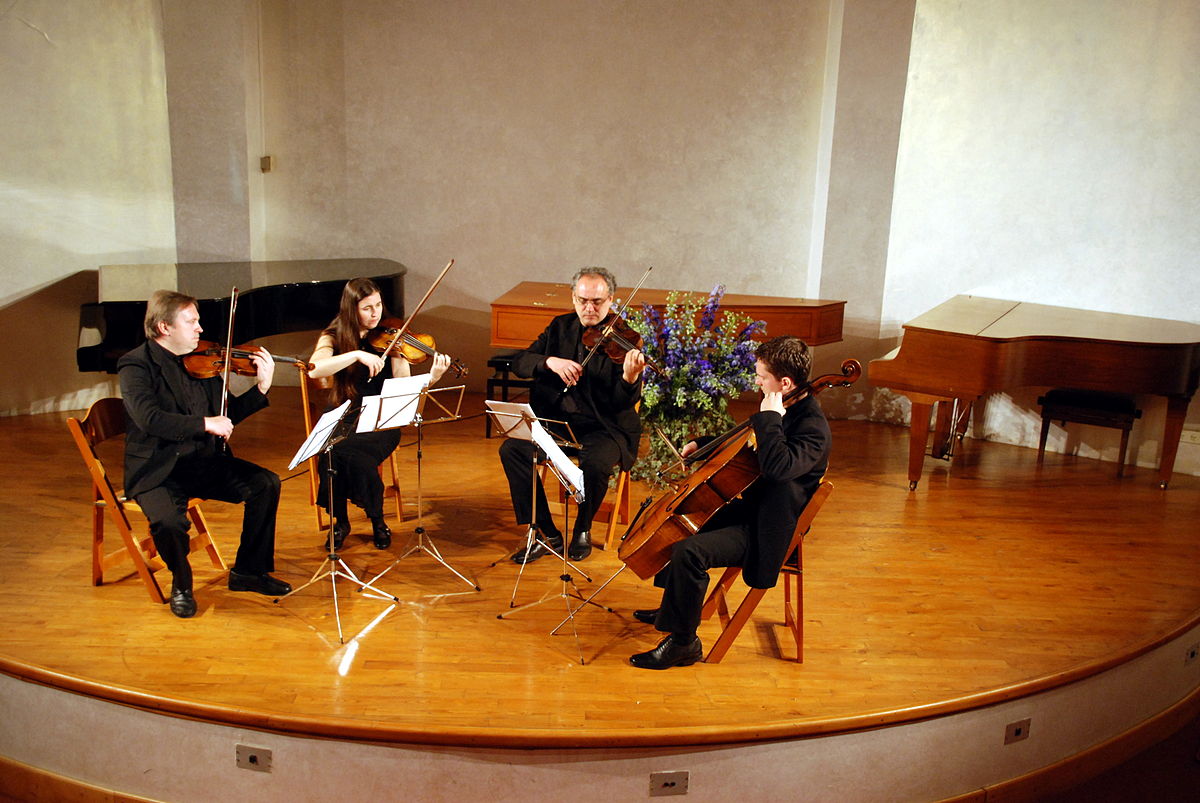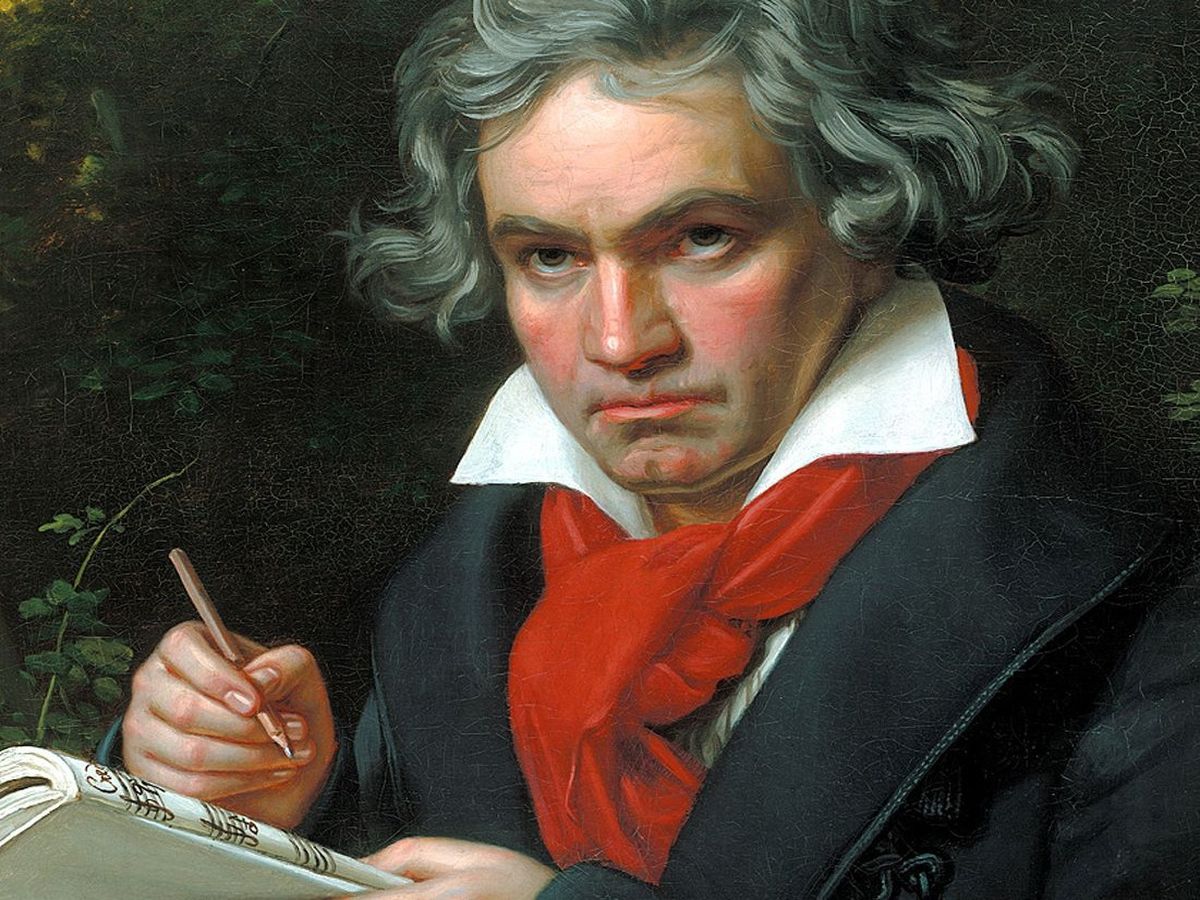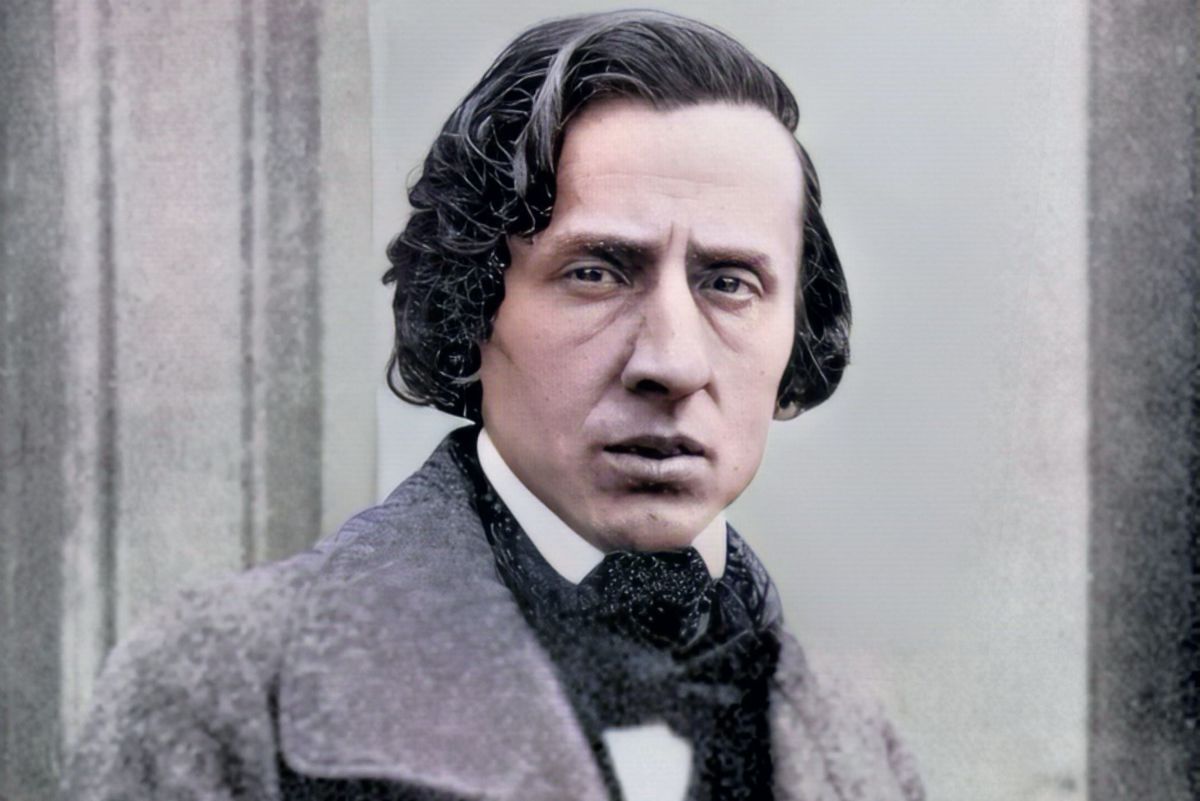Home>Genres>Classical>What Was The Most Prominent Musical Style Of The Classical Period?
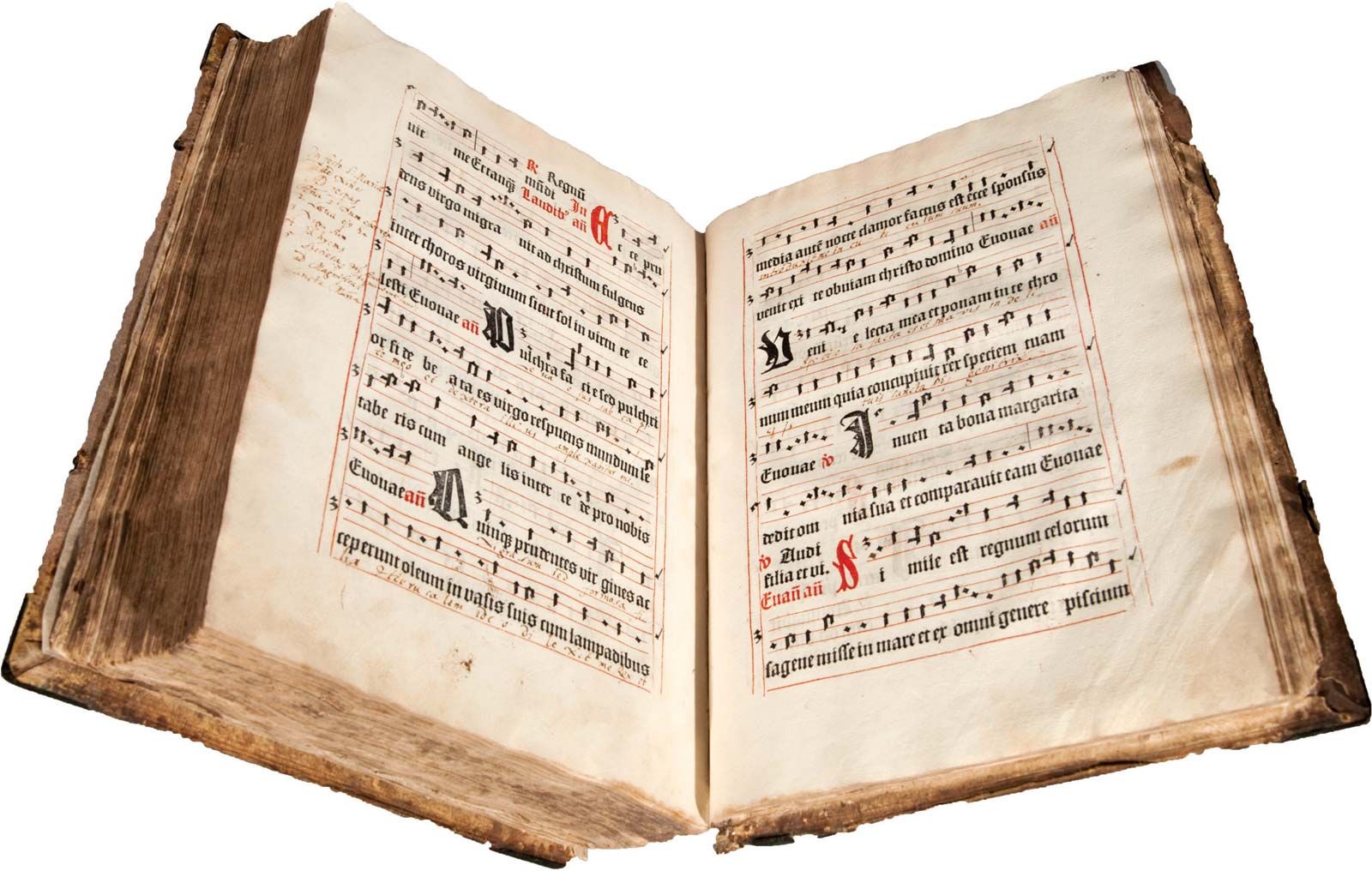

Classical
What Was The Most Prominent Musical Style Of The Classical Period?
Modified: February 24, 2024
Discover the most prominent musical style of the classical period with our comprehensive guide. Explore the richness and elegance of classical music today!
(Many of the links in this article redirect to a specific reviewed product. Your purchase of these products through affiliate links helps to generate commission for AudioLover.com, at no extra cost. Learn more)
Table of Contents
Introduction
The Classical period, spanning from approximately 1750 to 1820, is considered a pivotal era in the history of Western music. It was characterized by a shift in musical styles and a focus on balance, clarity, and structure. During this period, composers embraced a more standardized approach to composition, creating music that exuded elegance, refinement, and a sense of order.
One of the defining features of the Classical period was the emergence of a new musical language that emphasized melody, harmony, and symmetrical forms. Composers sought to create music that was accessible and pleasing to a wide audience, moving away from the elaborate and complex compositions of the Baroque era.
The Classical period saw the rise of many renowned composers, including Wolfgang Amadeus Mozart, Ludwig van Beethoven, and Joseph Haydn, who pushed the boundaries of musical expression and left a lasting impact on the world of classical music. They embodied the spirit of the era, reinventing musical styles and leaving behind a rich legacy of musical compositions.
In this article, we will explore the most prominent musical style of the Classical period and delve into the characteristics that defined this era. We will also look at how musical styles evolved during this time and discuss the key factors that contributed to the development of this prominent style.
Join us on this journey through time as we unravel the fascinating world of music during the Classical period and uncover the essence of its most notable musical style.
Characteristics of the Classical Period
The Classical period in music was marked by distinct characteristics that set it apart from the previous Baroque era and laid the foundation for future musical developments. Here are the key characteristics of the Classical period:
- Balance and Symmetry: The Classical period emphasized balance and symmetry in musical composition. Composers aimed to create harmonious and well-proportioned works, with equal attention given to all parts and a sense of symmetry in musical phrases and forms.
- Clear Texture: Unlike the complex polyphonic texture of the Baroque era, the Classical period favored a more transparent and clear texture. The melody took prominence, accompanied by a simple harmonic framework, creating a more homophonic texture.
- Melodic Beauty: Melody was considered a driving force in Classical music. Composers crafted memorable and elegant melodies that were easily recognizable and pleasing to the ear. These melodies were often varied and developed throughout a composition.
- Contrast and Dynamics: The Classical period introduced a greater emphasis on contrast and dynamics. Composers explored the full range of dynamics, using crescendos, decrescendos, and sudden changes in volume to create expressive and emotionally resonant musical phrases.
- Standardized Forms: The Classical period witnessed the establishment of standardized musical forms such as sonata-allegro, theme and variations, minuet and trio, and rondo. These forms provided a structural framework for composers to organize their musical ideas.
- Instrumental Music Dominance: While vocal music still held importance, instrumental music took center stage during the Classical period. Composers focused on writing symphonies, concertos, chamber music, and instrumental sonatas, exploring the expressive potential of various instruments.
These characteristics, along with the advancements in musical instruments and the increasing availability of printed sheet music, contributed to the widespread popularity and influence of music during the Classical period. Composers embraced these elements to create a distinct musical style that resonated with audiences and laid the groundwork for the development of music in the centuries to come.
Overview of Musical Styles of the Classical Period
The Classical period in music witnessed the flourishing of various musical styles that encompassed a range of genres and forms. Composers of this era explored new avenues of musical expression while adhering to the principles of balance, clarity, and structure. Here is an overview of the musical styles that emerged during the Classical period:
- Sonata: The sonata became a prominent form during the Classical period. Composers like Mozart and Beethoven composed sonatas for solo instruments, typically piano or violin, often accompanied by a bass instrument.
- Symphony: The symphony, a large-scale orchestral composition, experienced significant growth and development during the Classical period. Composers expanded the size and complexity of the symphony, incorporating multiple movements and exploring a wide range of emotions.
- Concerto: The concerto emerged as a popular form during the Classical period. Composers composed concertos for solo instruments, accompanied by an orchestra. These compositions featured virtuosic solo passages contrasted with orchestral accompaniments.
- Chamber Music: Chamber music, specifically string quartets and piano trios, gained popularity during the Classical period. Composers crafted intimate, expressive, and intricate compositions that showcased the interplay between different instruments.
- Opera: Opera continued to be a prominent genre during the Classical period. Composers like Mozart and Gluck pushed the boundaries of opera, incorporating realistic characters, dramatic storylines, and emotionally charged music.
- Choral Music: Choral music also played a significant role in the Classical period. Composers composed masses, oratorios, and choral symphonies, often featuring large choral ensembles accompanied by an orchestra.
These musical styles showcased the versatility and creativity of composers during the Classical period. Each style provided a unique avenue for musical expression, allowing composers to explore a wide range of emotions, techniques, and instrumental combinations.
Furthermore, the Classical period witnessed the rise of virtuoso performers who played a crucial role in popularizing and advancing these musical styles. The talent and skill of these performers, combined with the brilliance of composers, contributed to the lasting impact and enduring legacy of the musical styles of the Classical period.
The Evolution of Musical Styles during the Classical Period
The Classical period was a time of significant evolution and innovation in musical styles. As composers sought to break free from the rigid structures of the Baroque era, they experimented with new forms, techniques, and expressions. This period witnessed a gradual shift from the earlier galant style to a more sophisticated and mature musical language. Here is an overview of the evolution of musical styles during the Classical period:
In the early Classical period, composers like Johann Stamitz and Carl Philipp Emanuel Bach embraced the galant style, characterized by a light and elegant approach to composition. This style emphasized simplicity, grace, and melodic charm, with a focus on pleasing melodies and clear textures. However, as the period progressed, composers began to explore more complex emotions and expressions.
During the mid-Classical period, composers such as Haydn, Mozart, and early Beethoven brought forth a new sense of dramatic intensity and emotional depth in their works. They expanded the classical forms and experimented with harmonies, dynamic contrasts, and structural innovations. Composers introduced more chromaticism, unexpected harmonies, and expressive techniques to convey a wide range of emotions.
As the Classical period neared its end, composers like late Beethoven pushed the boundaries of musical expression even further. The music became more introspective, passionate, and introspective. Beethoven’s compositions showcased an unprecedented level of individualism, incorporating unconventional forms, intricate harmonic progressions, and bold rhythmic elements. His symphonies, piano sonatas, and string quartets paved the way for the Romantic era.
The evolution of musical styles during the Classical period was not limited to the compositions themselves. It also encompassed changes in performance practices and advancements in musical instruments. Composers began to write specifically for the modern piano, which had evolved from the harpsichord and clavichord, allowing for greater expressiveness and dynamic range.
Additionally, the rise of public concerts and the accessibility of printed sheet music contributed to the dissemination and popularization of musical styles during this era. Composers could now reach a wider audience, and performers could access a broader repertoire of music.
The evolution of musical styles during the Classical period reflects the changing cultural and social landscape of the time. As the period unfolded, composers explored new possibilities, pushing the boundaries of musical expression and laying the groundwork for future musical developments.
The Most Prominent Musical Style of the Classical Period
Among the various musical styles that emerged during the Classical period, one stands out as the most prominent and influential: the sonata-allegro form.
The sonata-allegro form, also known as the first movement form, dominated the compositions of the Classical era. It was utilized not only in sonatas but also in symphonies, concertos, and other large-scale instrumental works. This form provided a framework for composers to showcase their musical ideas and develop them in a coherent and organized manner.
The sonata-allegro form consists of three main sections: the exposition, the development, and the recapitulation. In the exposition, the main thematic material is presented, typically in two contrasting themes. These themes are explored and developed throughout the section. The development section then takes these themes and subjects them to various transformations, often in different keys and with intricate contrapuntal techniques. Finally, the recapitulation brings back the main themes, often subtly varied, in the original home key, providing a sense of resolution.
One of the reasons for the prominence of the sonata-allegro form was its versatility. Composers could mold this structure to suit their musical ideas and intentions, allowing for a wide range of expression. They could experiment with different harmonic progressions, rhythmic complexity, and melodic development while adhering to the overall structure of the form.
The sonata-allegro form also allowed composers to create a sense of contrast and drama. The exposition presented opposing themes, contrasting keys, and diverse musical material, creating tension and anticipation. The development section then explored these themes in novel and surprising ways, adding depth and complexity. Finally, the recapitulation provided a resolution and sense of closure as the initial themes were restated and resolved.
Composers utilized the sonata-allegro form to convey a wide range of emotions, from the sublime to the exuberant. They could explore both delicate and profound moments within the structure, allowing for a nuanced and expressive musical experience.
While the sonata-allegro form was most commonly associated with instrumental compositions, it also influenced vocal music, including opera arias and choral works. Composers incorporated elements of this form in their vocal compositions, creating a seamless integration of the conventions of instrumental and vocal styles.
The exploration and mastery of the sonata-allegro form by composers such as Haydn, Mozart, and Beethoven contributed to its prominence and enduring legacy. Their compositions, particularly their symphonies and sonatas, showcased the full potential of this form, solidifying its status as the most prominent musical style of the Classical period.
Conclusion
The Classical period in music brought about a significant transformation in musical styles, ushering in a new era of elegance, balance, and structure. Composers of this period embraced a more standardized approach to composition, focusing on clarity, symmetry, and melodic beauty.
The most prominent musical style of the Classical period was the sonata-allegro form. This versatile and flexible structure allowed composers to explore a wide range of emotions and musical ideas while adhering to a coherent framework. The sonata-allegro form was utilized in various genres such as sonatas, symphonies, and concertos, and became a hallmark of the Classical era.
Throughout the Classical period, musical styles evolved and matured. Composers moved away from the galant style of the early period and embraced a more expressive and dramatic approach. The music became more introspective and emotionally charged, laying the groundwork for the Romantic era that would follow.
The Classical period also witnessed the rise of virtuoso performers and advancements in musical instruments, which further contributed to the popularity and influence of the musical styles. The accessibility of printed sheet music and the growth of public concerts allowed composers to reach a wider audience, cementing the legacy of the Classical period.
In conclusion, the Classical period was a time of remarkable innovation and artistic achievement in music. Composers like Mozart, Haydn, and Beethoven left an indelible mark on the musical landscape, their works embodying the essence of the Classical style. The sonata-allegro form, with its balance, elegance, and versatility, became the hallmark of this period and the most prominent musical style of the time.
As we reflect on the Classical era, we continue to appreciate and celebrate the contributions of the composers and the beauty of their music. Their timeless works continue to captivate audiences and inspire musicians around the world, ensuring the enduring legacy of the Classical period in the history of Western music.


